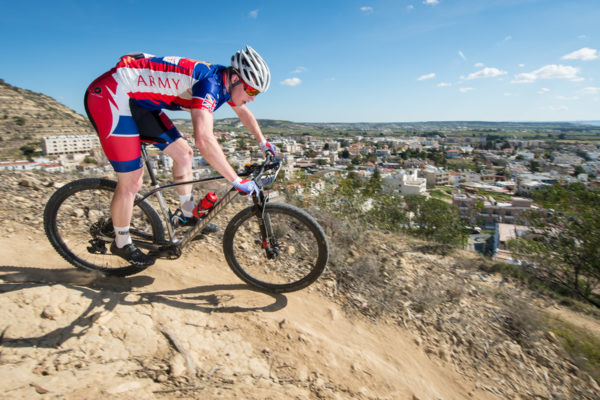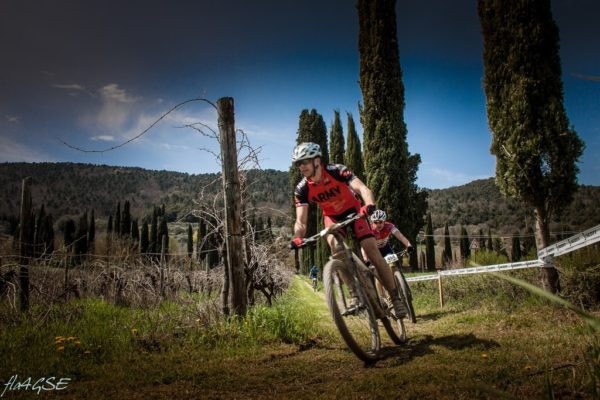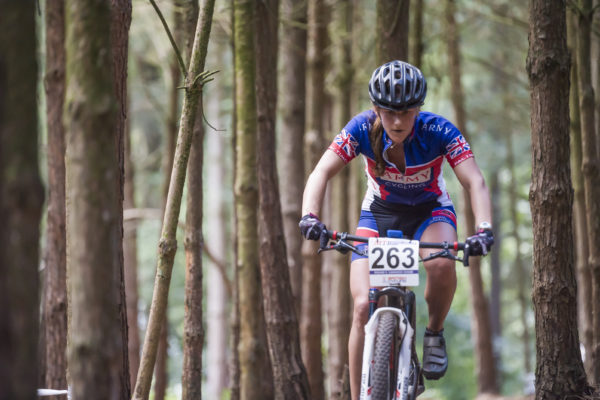Cross-country cycling is defined by the terrain on which it is performed. XC courses and trails consist of a mix of rough forest paths and singletrack (also referred to as doubletrack depending on width), smooth fireroads, and even paved paths connecting other trails. Until recently cross-country trails were deemed “easy” or “intermediate”, due to the concept that this discipline of mountain biking relies more on physical prowess than technical ability. These days however, some paths can be difficult and challenging including grade 3 and 4 trails consist of technical rooty and rocky sections and small and other elements like drops and steep descents. Cross-country racing emphasises endurance above technical prowess, and races vary from 30 minutes to 24 hours in length. Races can be either point-to-point or lap-based.
Cross-country bikes are lightweight, generally with front or dual suspension, strong brakes and a wide range of gears to cope with mixed terrain. As with all other mountain bikes, they have knobbly tyres of around two inches wide, which allow for off-road access.




